Don't miss any stories → Follow Tennis View
FollowPlotlines to Ponder: Clay Season Edition
After the last ball was struck in North America this spring, the focus shifts to European red clay. Here are half a dozen themes to consider during the clay season, which culminates with the second major of the year at Roland Garros.
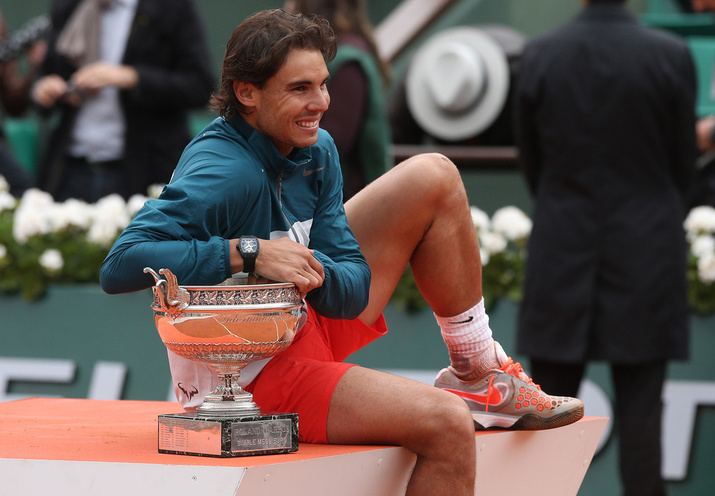
1) Will everything be about Rafa and Novak (mostly Rafa) again?
Aside from one stunning day in 2009, Rafael Nadal’s reign on red clay met no serious challenger until Novak Djokovic toppled him twice on the surface in 2011. Djokovic has defeated Nadal at every clay Masters 1000 event after ending his eight-year reign in Monte Carlo last year. Despite those staggering setbacks, the Spaniard has kept his archrival at bay in Paris with victories in the 2012 final and an epic 2013 semifinal. That five-set battle showed how close Djokovic has come to dethroning Nadal at the major that he has owned for nearly a decade, which would make him the fifth active player to complete a career Grand Slam.
All eyes will turn toward the top two men during the clay season, then, which raises the question of whether anyone can forestall final after final between them. One familiar foe probably believes that he can after defeating Djokovic in February and almost in March. The Serb denied Roger Federer by the narrowest of margins in the Indian Wells final, which consolidated the Swiss star’s resurgence. Federer is the only active man other than Nadal who has won Roland Garros before, and he defeated Djokovic there during his career year. Back into the top four after Miami, he will have a chance to catch the world No. 2 off guard should they land in the same half of the draw. Landing in the same half as Nadal, by contrast, would raise a nearly insuperable hurdle for Federer to overcome.
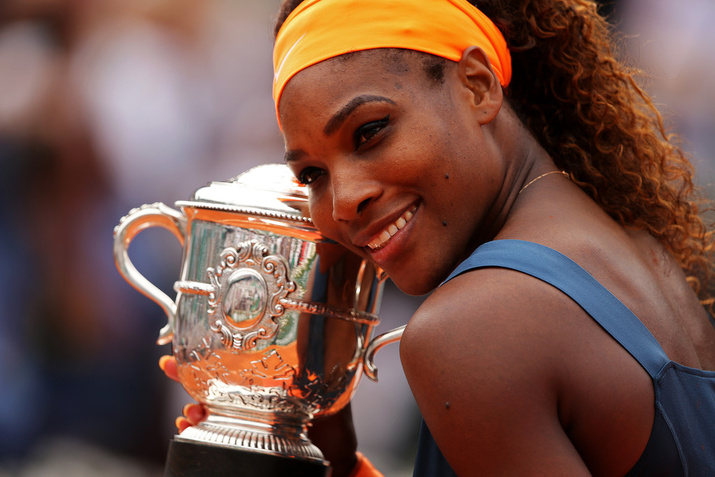
2) Will everything be about Serena and Maria (mostly Serena) again?
Over the last two years, Serena Williams and Maria Sharapova have combined to win all four of the significant women’s tournaments on red clay at Stuttgart, Madrid, Rome, and Roland Garros. Last year’s finalists in Paris have learned how to conquer their least natural surface, which frustrates most of their leading rivals. In fact, former “cow on ice” Sharapova has become all but a clay specialist over the last two years with better results there than anywhere else. Unlike the Nadal-Djokovic duopoly, however, this duopoly is somewhat illusory with Serena’s current 15-match winning streak against Sharapova. That streak includes three straight-sets dismissals on European clay over the last two years.
Both women produced their best results of 2014 so far in Miami, where Serena won the title and Sharapova reached the semifinals before falling to her nemesis. Their principal rival in recent years, Victoria Azarenka, has played only one match since the Australian Open as injuries have overtaken her again. Azarenka has showed signs of improving her indifferent history on clay, reaching finals at Madrid in 2012 and Rome in 2013. She also reached her first Roland Garros semifinal last year, battling Sharapova through three tough sets. Yet she never has defeated either Serena or Maria on clay. Outside the odd Virginie Razzano-style ambush, there is only one woman who might threaten their dominance over the next eight weeks.
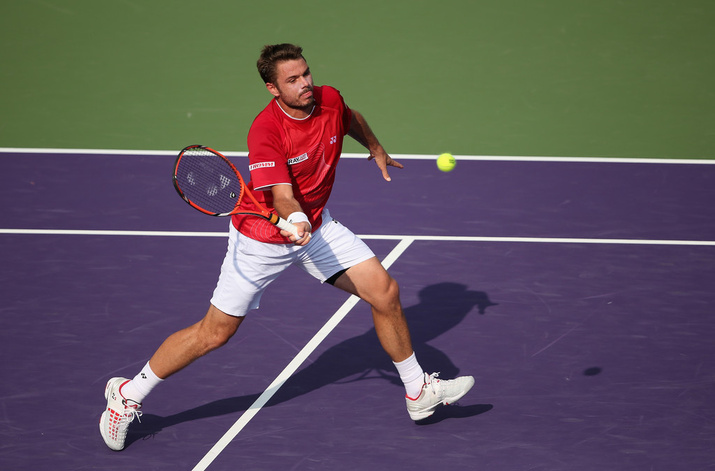
3) Will the Australian Open champions resurface?
It might be worth noting—cough, cough—that none of the stars discussed above has won a major title this year. On the other hand, Stanislas Wawrinka and Li Na have. Both Australian Open champions deploy games that transition smoothly from hard courts to clay. Yet Wawrinka has suffered the predictable slump of a first-time major champion over the last few months. Early exits at Indian Wells and Miami to Kevin Anderson and Alexandr Dolgopolov, respectively, fell far short of the form with which he upset Djokovic and Nadal in Melbourne. Wawrinka never has advanced past the quarterfinals at Roland Garros, although one could argue that clay is his most natural surface.
On the other hand, 2011 Roland Garros champion Li produced steady results at the March mini-majors despite tinkering with her serve. While her statistics were often unsightly, she won nine matches at Indian Wells and Miami, including two more victories over the rising Dominika Cibulkova and another over the resurfacing Caroline Wozniacki. Li’s collapse in the Miami final after holding a first-set lead dropped her record against Serena to 1-11, which doesn’t bode well should they meet on a stage as big or bigger. But she defeated Sharapova on clay during her Roland Garros title run, and she held championship point against the Russian in Rome two years ago. Li’s results on clay have tapered over the last two years as those of Williams and Sharapova have soared.
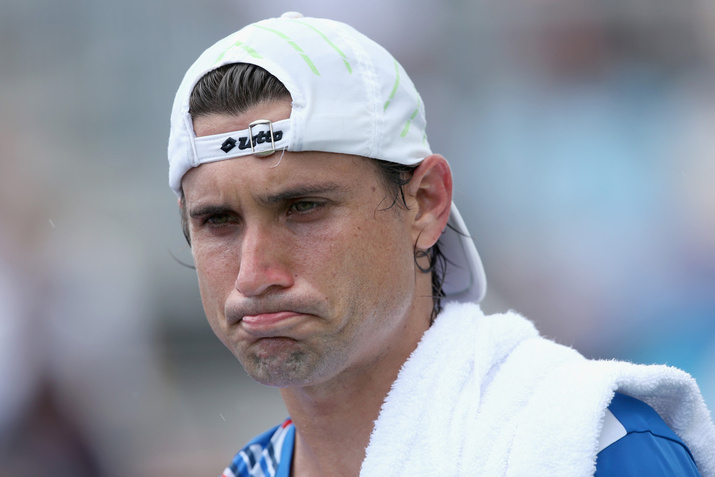
4) Will the clay specialists rise again?
The last 12 months have not been kind to 2013 Roland Garros finalist David Ferrer or 2013 Roland Garros semifinalist Sara Errani. Although Ferrer has avoided a steep rankings drop, his results at most ATP events have plunged steeply for a man who built his success on consistency. Turning 32 this week, the Spaniard may have started a terminal decline—or a return to his favorite surface may be just the medicine to revive him. Ferrer has spent the last several years mired in futility against Nadal, Federer, and Djokovic, even on clay. But simply starting to dominate the players whom he should dominate again would mark a valuable step forward.
Starker than Ferrer’s decline is Errani’s regression, probably a product of burnout rather than advancing age. Errani even has started to lose ground in doubles, where she once held the No. 1 ranking, while she has fallen out of the top 10 in singles. The Italian has much to defend on her favorite surface, including semifinals at Rome and Roland Garros. As with Ferrer, returning to European clay might raise her spirits out of their current malaise. Errani spent much less time in the top 10 than did Ferrer, and it’s possible that her 2012-13 breakthrough marked an anomaly in an otherwise modest career. But it’s also true that the nearly 27-year-old Italian has more time than Ferrer to reverse her descent.
5) Can the anti-clay specialists get anything out of the next eight weeks?
Andy Murray and Agnieszka Radwanska rarely distinguish themselves on European red clay. Neither has reached a significant final on the surface, which allows them to fly under the radar more than the other contenders. Murray especially will fly under the radar this year, having not reached a final or defeated a top-10 opponent since his Wimbledon title last summer. On the one hand, Murray needs something positive to build momentum for a daunting Wimbledon title defense. (He also needs insulation from the looming points drop should he not defend that title.) On the other hand, he has little to lose on clay in points or prestige, so he will play without pressure in knowing that anything he gains there is a bonus.
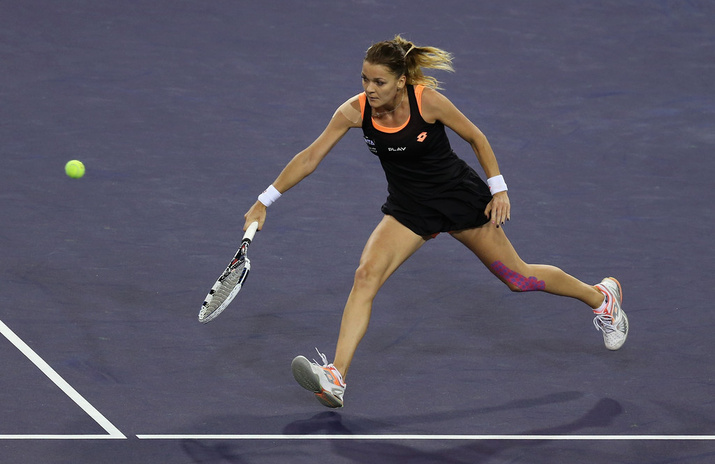
Radwanska has achieved somewhat consistent success at key tournaments over the last year without quite notching a statement victory. Semifinal appearances at two of her last three majors seemed like missed opportunities as much as strong results, considering the quality of the other women remaining in the draw. That trend continued at Indian Wells, where Radwanska reached the final—but lost there, troubled by a leg injury, to Flavia Pennetta. Like Murray, she has little to lose during this span of the season, so she has the opportunity to make an encouraging statement even with a mildly impressive set of results.
6) Will the next big things emerge?
The Australian Open saw the birth of a new women’s star in Eugenie Bouchard, a surprise semifinalist there after a victory over Ana Ivanovic. On the men’s side, Grigor Dimitrov reached his first major quarterfinal in a first sign that he might fulfill his vast potential. More comfortable on hard courts than clay, Bouchard probably won’t leave a similar impact on the terre battue of Europe. But someone else might rise in her place, much as Simona Halep did from the red dirt last season. A semifinalist in Rome as a qualifier, Halep built on that breakthrough to rise from outside the top 50 to world No. 5 in March. Clay tests a player on both physical and mental levels more than most surfaces, so someone who emerges from the stage of the season is likely to prove a resilient threat.










